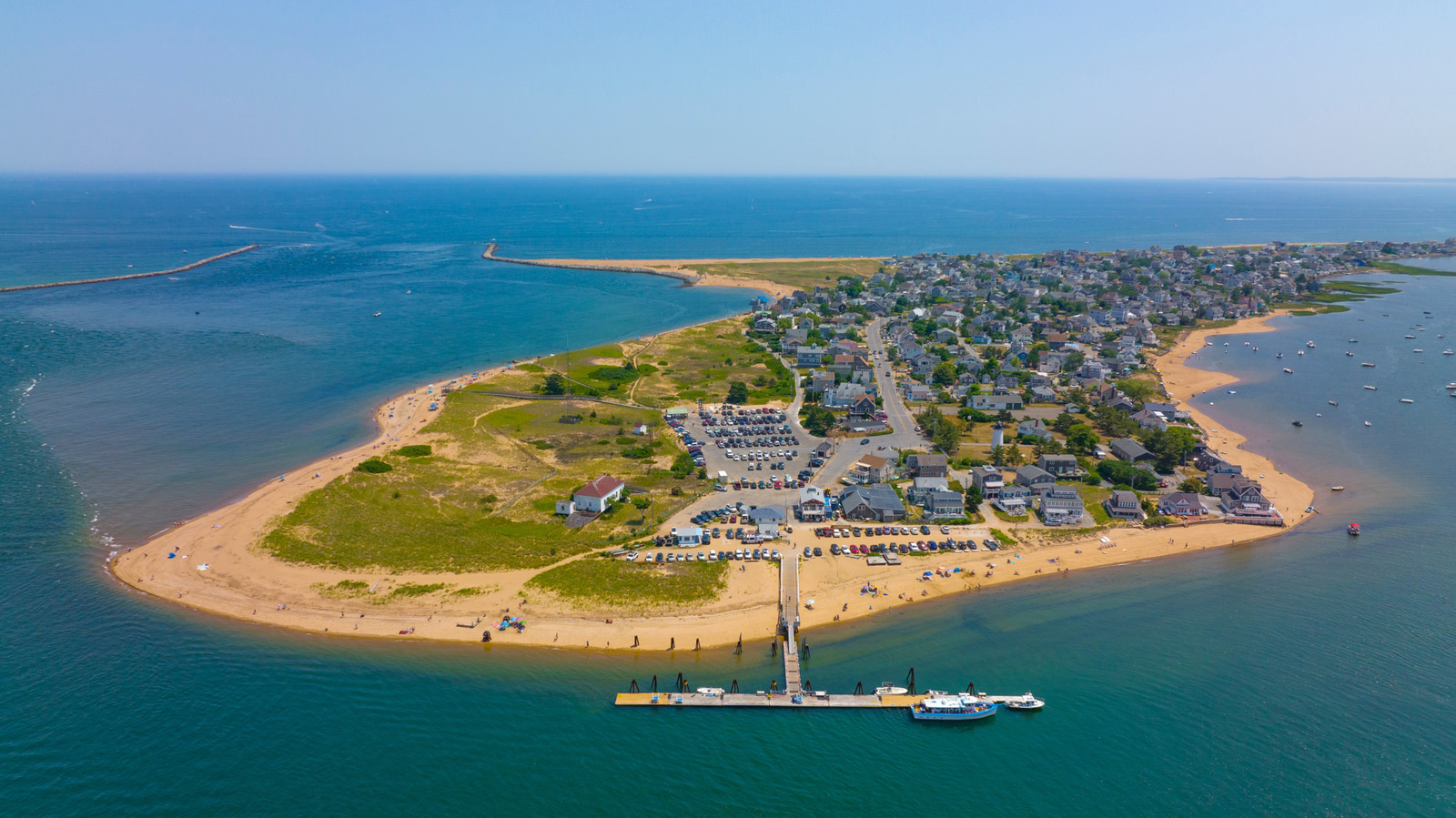Rapid Read • 8 min read
Taiwan has introduced two new blue carbon methodologies aimed at enhancing mangrove and seagrass ecosystems to support its net-zero emissions target by 2050. These strategies, developed by the Ministry of Agriculture (MOA) and the Ocean Affairs Council (OAC), focus on Mangrove Afforestation and Seagrass Restoration. The initiatives involve planting mangroves and seagrasses in designated areas to increase carbon storage. Developers must ensure the right conditions for growth, including managing hydrology, sediment, salinity, and water quality. The methodologies require verification of land use legality, environmental assessments, and public consultations before implementation. Taiwan aims to encourage more organizations to participate in blue carbon projects, with seagrass beds covering approximately 5,481 hectares and mangroves spanning 681 hectares.
AD
The approval of these blue carbon methodologies is significant for Taiwan's environmental policy and its commitment to achieving net-zero emissions by 2050. By enhancing natural carbon sinks, Taiwan is taking proactive steps to reduce greenhouse gases, which is crucial in the global fight against climate change. These strategies not only contribute to environmental sustainability but also offer opportunities for organizations to engage in carbon offset projects, potentially leading to economic benefits through voluntary carbon credits. The focus on mangroves and seagrasses highlights the importance of preserving and restoring natural ecosystems as part of climate action plans.
As Taiwan implements these methodologies, the government will likely monitor the effectiveness of the projects in increasing carbon storage and reducing emissions. The success of these initiatives could lead to further development of similar strategies and increased participation from organizations in blue carbon projects. Additionally, the MOA may continue to refine and expand agricultural carbon offset methodologies, providing more opportunities for companies to access voluntary carbon credits. Stakeholders, including environmental groups and local communities, may play a role in ensuring the projects align with sustainable practices and do not negatively impact local livelihoods.
The introduction of blue carbon methodologies in Taiwan could have broader implications for global environmental strategies. As countries seek innovative solutions to combat climate change, Taiwan's approach may serve as a model for integrating natural ecosystems into carbon reduction plans. The focus on mangroves and seagrasses also underscores the importance of biodiversity conservation in climate action, highlighting the interconnectedness of ecological health and climate resilience.
AD
More Stories You Might Enjoy













